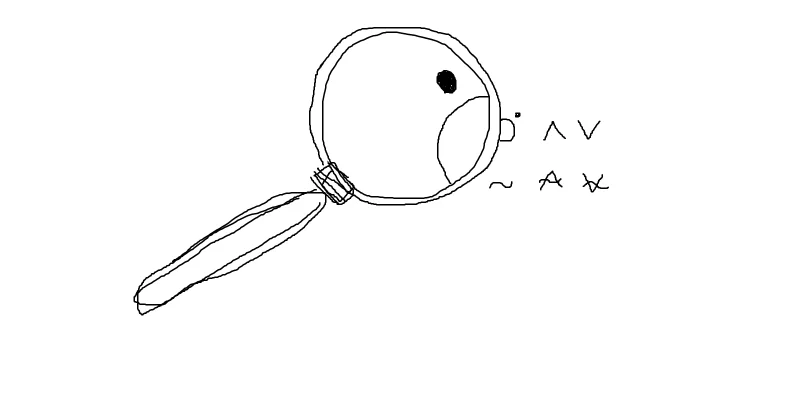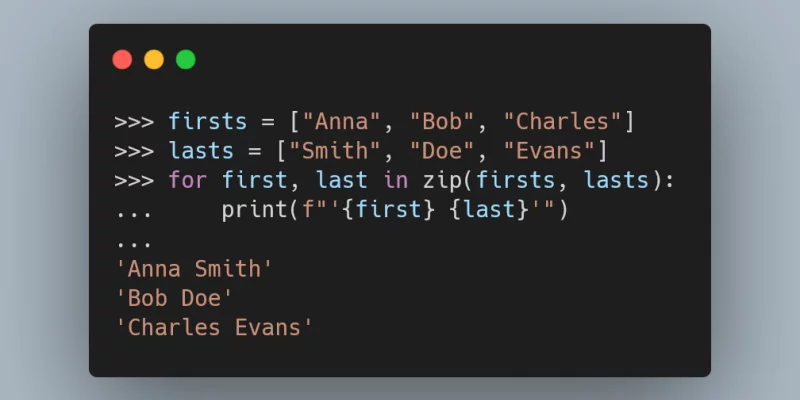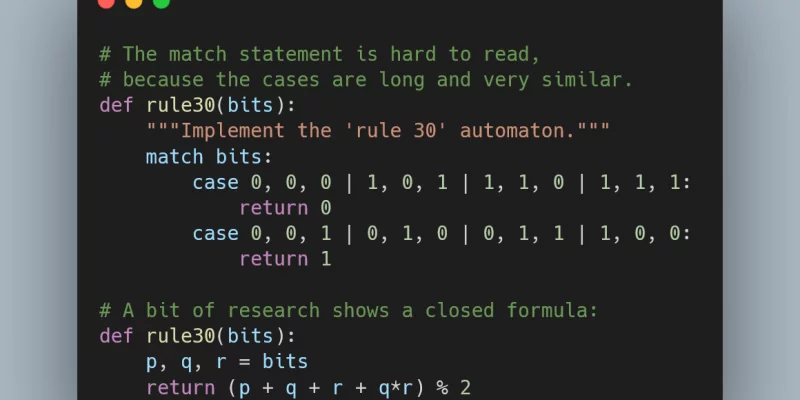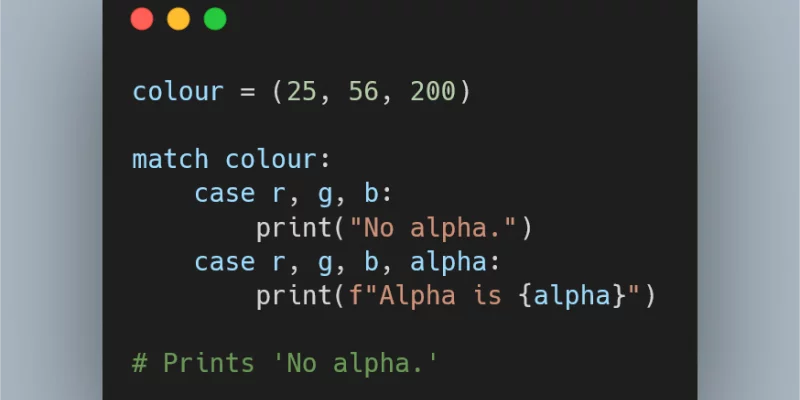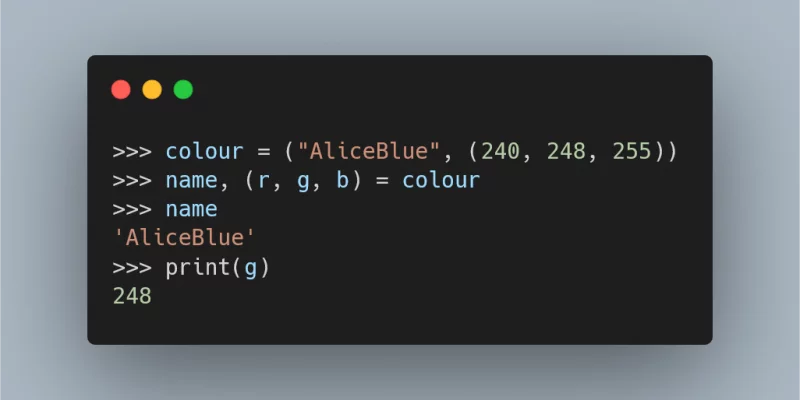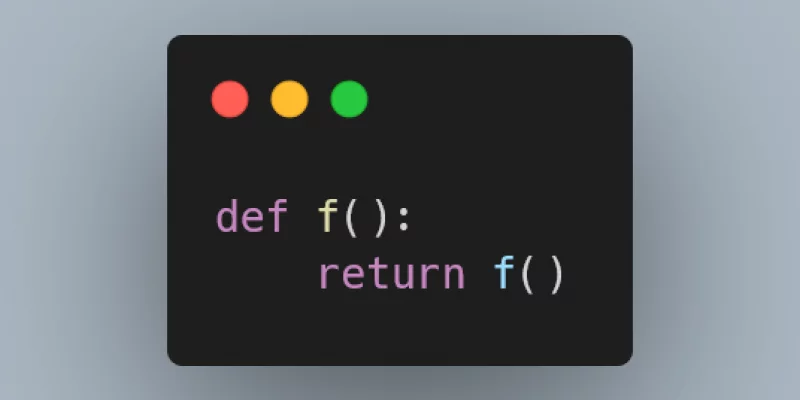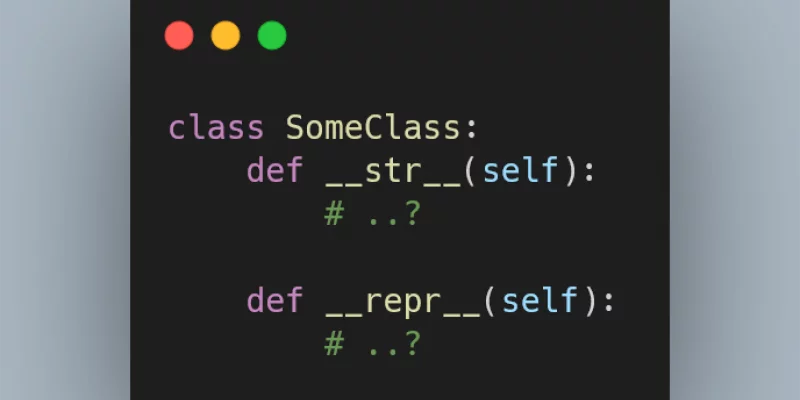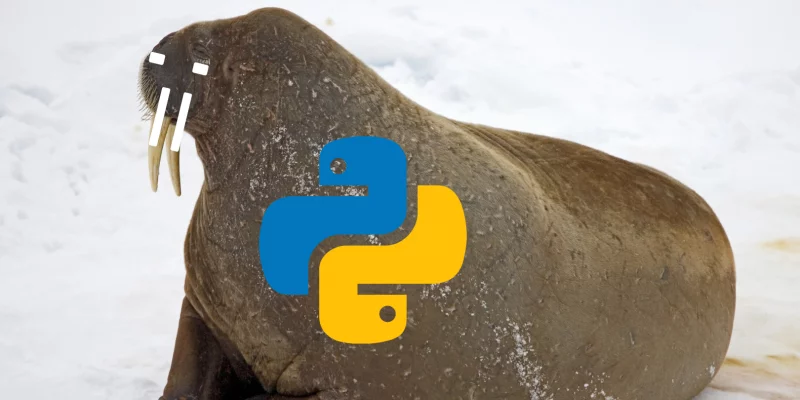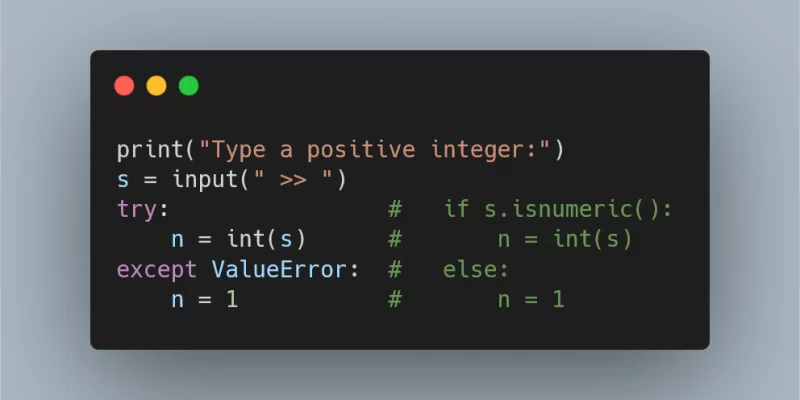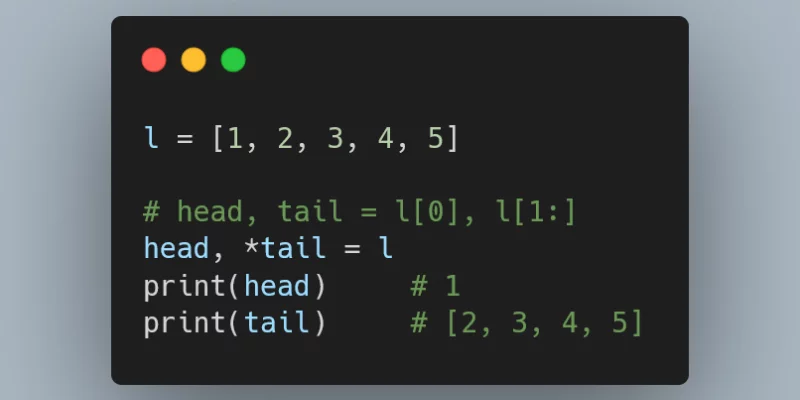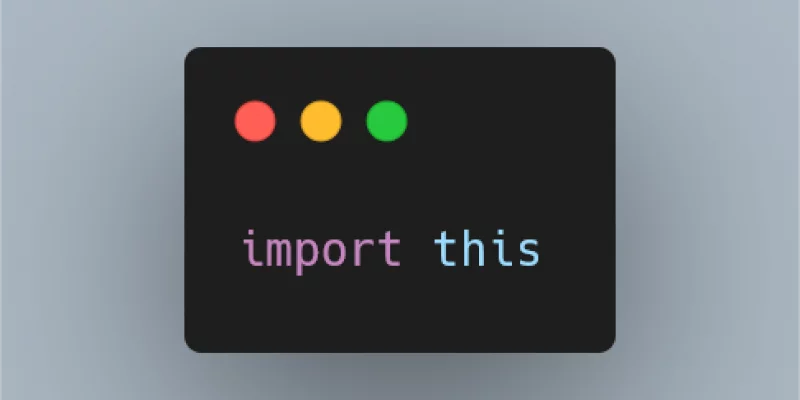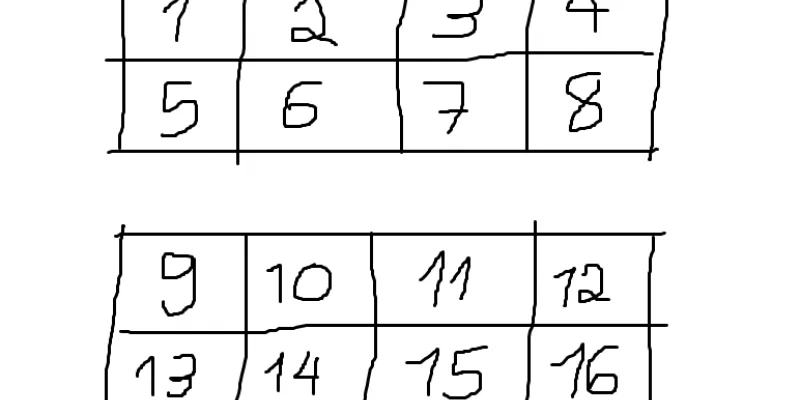In part 4 of this series we add some unit testing,
improve our tokenizer and implement the primitives ⍴ and ⍤.
for loops are the bread and butter of imperative programming
and Python has some really nice tools to work with them.
If you want to traverse several structures in parallel,
have you considered using zip?
Structural pattern matching is coming in Python 3.10 and
the previous Pydon't explored some interesting use cases
for the new match statement.
This article explores situations for which match isn't the answer.
In the fourth article of this short series we will apply our neural network framework to recognise handwritten digits.
Structural pattern matching is coming in Python 3.10 and this article
explores how to use it to write Pythonic code,
showing the best use cases for the match statement.
The third article of this short series concerns itself with the implementation of the backpropagation algorithm, the usual choice of algorithm used to enable a neural network to learn.
In the second article of this short series we will create a class for a generic neural network and we will also see how to assess the quality of the output of a network, essentially preparing ourselves to implement the backpropagation algorithm.
Learn the ins and outs of comparison operator chaining, and especially the cases you should avoid.
This is the first article in a series to implement a neural network from scratch. We will set things up in terms of software to install, knowledge we need, and some code to serve as backbone for the remainder of the series.
Learn about deep unpacking, a powerful way to write assignments in your code that protects you against unexpected bugs and that you'll rely on heavily when using the structural pattern matching feature that was introduced in Python 3.10.
Recursion is a technique that you should have in your programming arsenal, but that doesn't mean you should always use recursion when writing Python code. Sometimes you should convert the recursion to another programming style or come up with a different algorithm altogether.
All Python objects can be used in expressions that should
return a boolean value, like in an if or while statement.
Python's built-in objects are usually Falsy (interpreted as False)
when they are “empty” or have “no value” and otherwise they
are Truthy (interpreted as True).
You can define this behaviour explicitly for your own
objects if you define the __bool__ dunder method.
Python's str and repr built-in methods are similar, but not the same.
Use str to print nice-looking strings for end users and use repr for debugging
purposes.
Similarly, in your classes you should implement the __str__ and __repr__
dunder methods with these two use cases in mind.
The walrus operator := can be really helpful, but if you use it in convoluted
ways it will make your code worse instead of better.
Use := to flatten a sequence of nested ifs or to reuse partial computations.
In Python, if you are doing something that may throw an error, there are many
cases in which it is better to "apologise than to ask for permission".
This means you should prefer using a try block to catch the error,
instead of an if statement to prevent the error.
How should you unpack a list or a tuple into the first element and then the rest? Or into the last element and everything else? Pydon't unpack with slices, prefer starred assignment instead.
The "Zen of Python" is the set of guidelines that show up in your screen if you import this. If you have never read them before, read them now and again from time to time.
If you are looking to write Pythonic code, write code that abides by the Zen of Python.
"Pydon'ts" are short, to-the-point, meaningful Python programming tips. Pydon'ts will help you write more Pythonic code.
In this blog post I'll show you how you can write a full interpreter for the brainf*ck programming language in just 14 lines of Python. Be prepared, however, to see some unconventional Python code!
In this blog post we will go over some significant changes, from implementing APL's array model to introducing dyadic operators!
